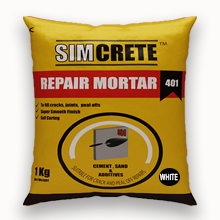
Sand is a mixture of small grains of rock and granular materials which is mainly defined by size. Being finer than gravel and coarser than silt, sand ranges in size from 0.06 mm to 2 mm. Particles which are larger than 0.0078125 mm but smaller than 0.0625 mm are termed silt.
Composition of Sand
Sand is basically made of unconsolidated granular materials consisting of either rock fragments or mineral particles or oceanic materials. It is mainly made of silicate minerals and silicate rock granular particles. Typically quartz is the most dominant mineral here as it possesses highly resistant properties to weather. Other common rock-forming minerals like amphiboles and micas also found in sand.
Heavy minerals such as tourmaline, zircon etc can also be present in the sand in smaller concentrations, but from a high level, most sand on the beach is made up of gray or tan quartz and feldspar. However, the most common mineral in the sand is quartz–also known as silicon dioxide. This is formed when silicon and oxygen combine.
Feldspar is the most found group of minerals on the earth’s surface and forms about 65% of the terrestrial rocks. When the wind and sea whip up on the shores, they transport these teeny-tiny granules to the beach and make up the sand with this combination.
Colours of Sand
- Fragments: In addition to other organic or organically derived fragmental material, may be found in this color of sand. Magnetite, Chlorite, Glauconite, or Gypsum are also found.
- Black Sand: Black sand is composed of volcanic minerals, lava fragments, and Coral deposits.
- Pink Sand: Foraminifera, a microscopic organism that has a reddish-pink shell is responsible for this color. Coral, shells, and calcium are also found in this mix.
- Red-orange Color: This color is formed due to the coating of iron oxide.
- White-grey Color: This sand consists of fine rounded grains and It is well graded.
- Light-brown Color: It consists of rounded grains.
Classification of Sand According to Size (ASTM)
- Fine Sand: All the sand particles should pass through No. 16 sieve. This is usually used in plastering works.
- Moderately Coarse Sand: All the sand particles should pass through No. 8 sieve. This type of sand is generally used for mortar and masonry works.
- Coarse Sand: All the particles should pass through No. 4 sieve. This type of sand is suitable for concrete work.

